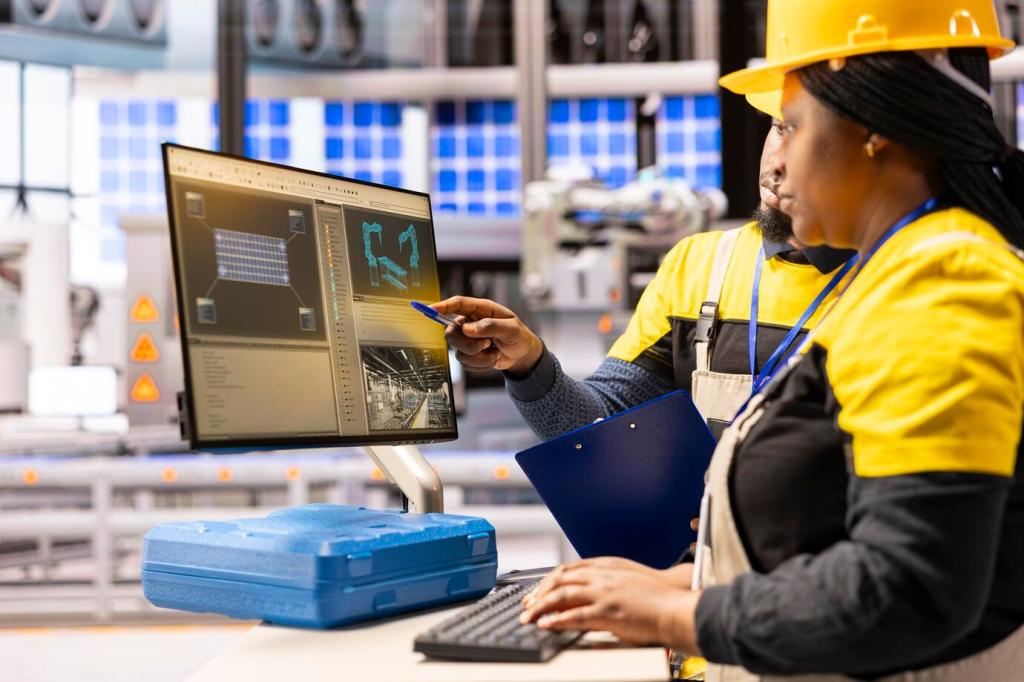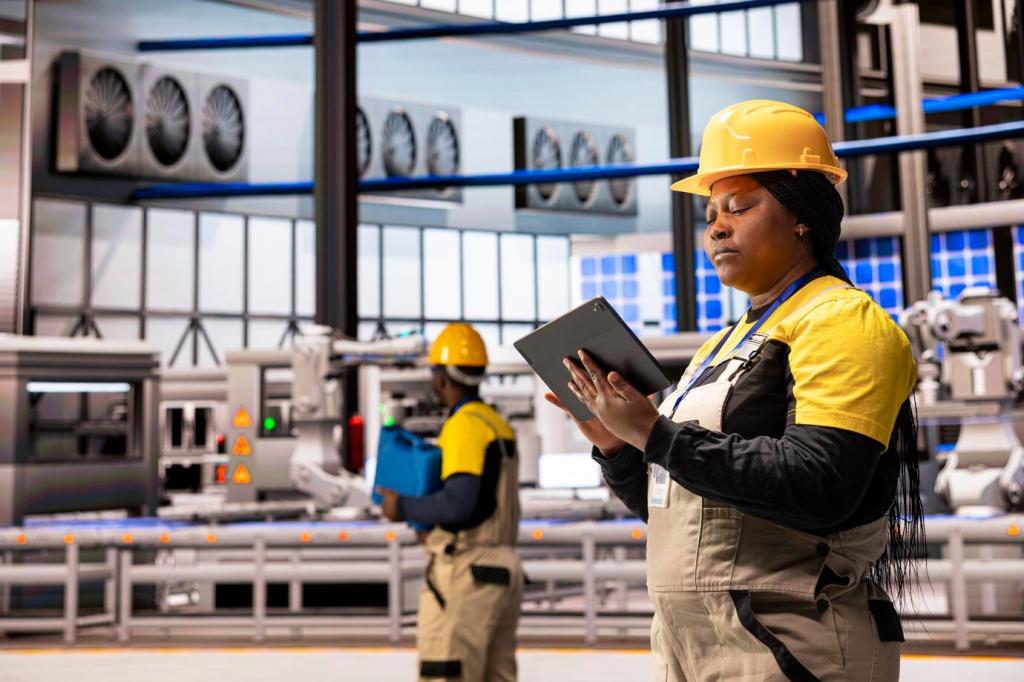Why Water Heating Efficiency in Industry Matters Now
In many facilities, hot water can represent a surprisingly large slice of thermal demand, often 10–30%. That translates directly into fuel spend and electricity bills, making every percentage point of efficiency an immediate, bankable saving.
Why Water Heating Efficiency in Industry Matters Now
Water heating touches Scope 1 and Scope 2 footprints through combustion and electricity use. Better efficiency supports ESG targets, reduces carbon intensity per unit produced, and strengthens your credibility with customers, auditors, and investors tracking climate progress.







